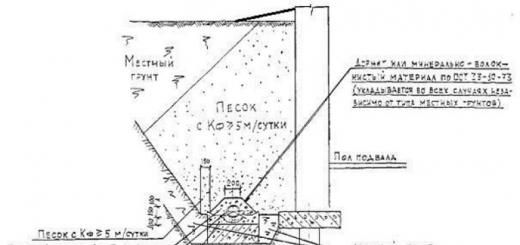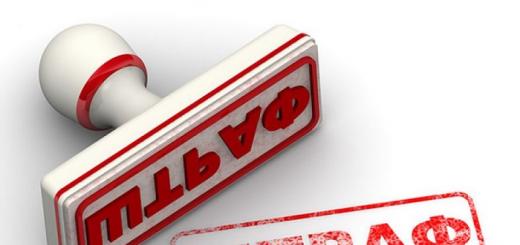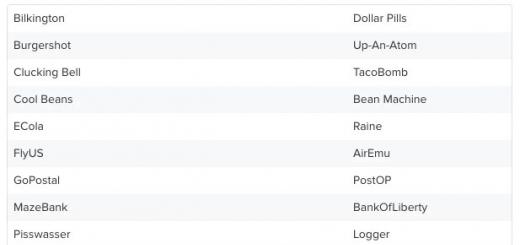Objective of the project: study the main sectors of the economy of the Moscow region
Work form(individually, in pairs, groups, as a whole class): in groups
Stages of work:
- Define the field of study
- Collect material on the topic under study
- Analyze the collected material, select the right
- Organize your work as a presentation
My project responsibilities: in the course of working on the project, I had to study the chemical industry of the Moscow region.
Working hours:2 weeks
Ways to present the results (photo exhibition, wall newspaper, album, reference book, etc.):
presentation
Plan of my speech at the presentation.
- The share of the chemical industry in the industrial production of the Moscow region, types of products.
- The largest enterprises of the chemical industry in the Moscow region.
- Medium and small enterprises of the chemical industry in the Moscow region.
Materials for the project (write, stick, draw what you see fit).
In the Moscow region, the chemical industry is one of the major sectors of the economy. Its share in industrial production is 14%. Basically, the enterprises of this industry specialize in the production of mineral fertilizers for Agriculture, paint products, plastics, medicines and chemical fibers.
One of the leading enterprises for the production of vitamins is JSC "Valentina Pharmaceuticals". It produces 4% of all medicines produced in Russia. Mineral fertilizers are produced at the enterprises: "Phosphates" and "Minudobreniya". They are located in the city of Voskresensk.
Synthetic fibers are produced in the cities of Klin and Serpukhov. Polymer materials, plastic products and synthetic resin are produced in the city of Orekhovo-Zuyevo. In the city of Shchelkovo, various chemical acids are produced, and varnishes and paints are made in Sergiev Posad and Odintsovo.
Smaller enterprises of the region also produce many types of necessary and useful chemical products: household chemicals (shampoos, washing powders, detergents), chemicals for the construction industry, chemicals for plant protection, motor oils, coolants, lubricating oils, anti-icing agents and many many others.
How do I evaluate my work on the project (whether the work was interesting, easy or difficult, was it completely independent or did it require the help of adults, how was the cooperation with classmates, was the work successful).
Working on the project was very interesting for me. I learned a lot about the chemical industry, about what different products can be produced at these enterprises. My parents were also happy to help me find information.
Thanks for your help and cooperation.
Thank you very much to my mom and my dad for their help! They not only helped me find a lot of interesting information and statistics, but also explained the meaning of new words for me. And also thanks to my friends who helped me beautifully design my project.
“Relations in the economy” - If there are few specialists in the required profession, then the salary increases several times. Competition and monopoly. Each commodity producer tries to exhibit his product in the very at its best through advertising. distribution relationships. Relations in the modern economy. The economic laws of supply and demand operate in the market mechanism.
"Principles of Economics" - Basic questions of economics. Good. economic problem. Friedrich von Wieser. economic process. Principles of Economics. Alternative cost. factors of production. The production possibilities frontier. Products and service. The law of increasing opportunity cost. Economics is a science that studies ways to meet needs.
""Economics" 8th grade" - Necessity? Produce goods to satisfy needs. "Know-how". Modern stage NTP- scientific and technical revolution. The impact of the development of technology. Automatic technology. Scientific and technological revolution. What is an economy? Why is farming necessary? Modern production. Transport. Positive and negative sides of NTP.
"Economics" Grade 5 "- Types of economy. What does a person need to live. Economic relations. Law. Aristotle. Examples of subsistence farming. Economy. Employee. Economy. economic interests. Master. Workbook. Motto.
"Introduction to Economics" - Mixed economy. Modern economic systems. The history of development economics. Entrepreneurial ability. Substitutes. economic freedom. Consumer freedom. Economic circle. production options. economic choice. command economy. Basic provisions. Agriculture.
"Subject of economic science" - Microeconomic substantiations of macromodels. What do economists argue about? Financial development and growth. Economic imperialism did not start today. Political science. Interdisciplinary research in economics. Animal Spirits in macroeconomics. Self-confidence and over-optimism. Political institutions and economic growth.
Project "Economy of the Native Land"
Unique glass Christmas decorations are made by craftsmen at the oldest factory in Moscow called Yolochka. At many All-Russian and International exhibitions, the quality of its products has been evaluated. Back in 1848, the plant was opened by Prince A.S. Menshikov for the manufacture of bottles, lamps, colored glass, crystal. The factory works to this day, pleases us with beautiful products.
Trekhgornaya Manufactory is considered a unique textile enterprise, the oldest on the Russian market. This oldest factory in Moscow dates back to 1799. Nowadays, the textile mill is no less popular, it produces and sells jacquard, cotton, cotton linen fabrics and garments.
The food industry occupies one of the significant roles in the city's economy. Not only in Moscow, but also throughout the country, the products of the Ostankino brewery, the Crystal Distillery are known. The large enterprises of the Moscow food industry include the Cheryomushki bakery plant, the Ostankino meat processing plant, oil and fat and mill plants.
Notable Moscow factories
Known not only in Russia, but also abroad, MIG military aircraft are produced at the Moscow plant of the Russian Aircraft Corporation MIG. Despite the fact that MIG fighters can be seen in aviation museums, they are actively produced and used for military purposes not only in Russia.
Transport, military and civilian helicopters MI are assembled at the Moscow Helicopter Plant named after. Mile.
One of the largest enterprises of the aerospace industry in Russia, the Tushino Machine-Building Plant, is also located here, which also produces buses, trolleybuses, and trams.
The well-known Sukhoi SuperJet passenger aircraft, which have recently become a recognizable Russian brand in the aircraft industry, are produced by the Moscow holding JSC Sukhoi, which in 2013 merged with the Novosibirsk plant named after Chkalov.
Famous ZIL trucks have been produced at the Likhachev Automobile Plant since 1916. Up to 10 thousand various ZIL vehicles are produced annually.
Here is another list of the largest industrial enterprises and factories in Moscow
Moscow Oil Refinery - Moscow Oil Refinery
Hammer and sickle, MMZ, JSC - Moscow Metallurgical Plant
Electrozavod - production of electrical transformers and reactors;
Moscow Plant Electroshield - production of electrical switchgears;
Avtoframos - Renault car assembly plant;
Moscow Tire Plant is the leading tire manufacturer in Russia;
Concern Almaz-Antey, OJSC - development and production of weapons;
Salyut, Federal State Unitary Enterprise - production of aircraft engines;










